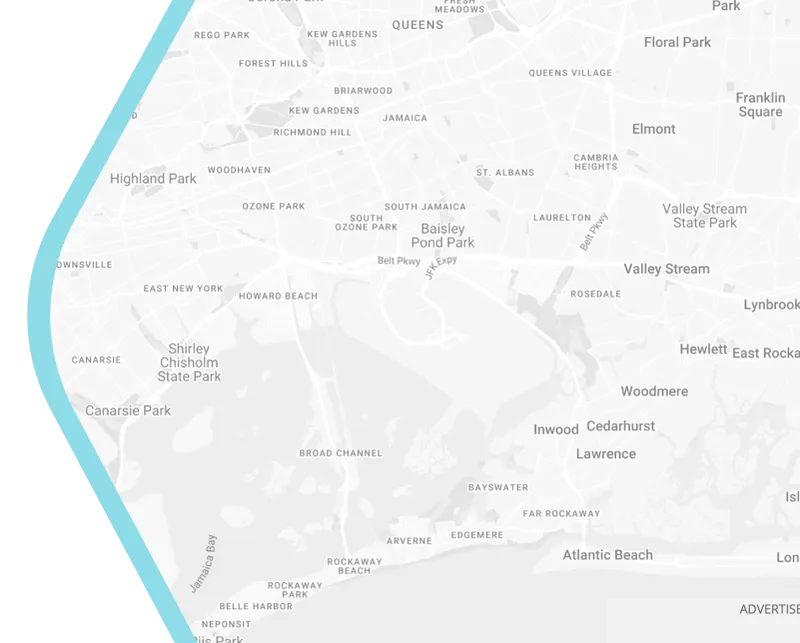
Community Strategic Plan: The Blueprint for Smart City Development
Introduction
Smart cities are reshaping urban living, offering efficient infrastructure, sustainable growth, and enhanced quality of life. At the heart of this transformation lies the Community Strategic Plan (CSP)—a structured framework that guides city development while aligning with the needs of residents and stakeholders.
This article delves into the significance of Community Strategic Plans, the key elements that drive their success, and how they influence smart city development. We will highlight real-world applications, particularly the Newcastle Smart City Strategy, and the role of leadership in implementing such plans.
What is a Community Strategic Plan?
A Community Strategic Plan is a long-term roadmap that cities use to set development priorities, ensuring coordinated growth and sustainability. It integrates community aspirations, government policies, and technological advancements to create a comprehensive vision for the future.
CSPs are essential in ensuring that urban planning is inclusive, sustainable, and technology-driven. By considering diverse perspectives—including local governments, businesses, and residents—these plans balance economic growth, environmental protection, and social well-being.
Why Community Strategic Plans are Essential for Smart Cities
1. Aligning Vision with Urban Development Goals
A well-structured CSP aligns short-term actions with long-term goals, ensuring that every smart city initiative contributes to broader objectives, such as sustainability and economic resilience.
2. Enhancing Stakeholder Engagement
Smart cities rely on public-private partnerships and community involvement. A CSP fosters engagement by incorporating feedback from local residents, businesses, and governing bodies.
3. Driving Sustainable Development
Through strategic resource management, energy-efficient infrastructure, and digital transformation, CSPs create blueprints for cities that minimize environmental impact while improving urban resilience.
4. Integrating Advanced Technologies
By incorporating IoT, AI, and data analytics, CSPs support the development of smart infrastructure, intelligent transport systems, and digital governance solutions.
Key Elements of a Successful Community Strategic Plan
A well-structured CSP consists of several critical components:
1. Stakeholder Collaboration
Engagement with local governments, private sectors, and citizens ensures that urban planning meets real-world needs.
2. Sustainable Policies
Environmental responsibility is a priority in modern CSPs, focusing on green infrastructure, renewable energy, and climate resilience.
3. Smart Technology Adoption
Utilizing AI-driven data analysis, IoT-enabled infrastructure, and cloud-based urban management tools enhances city operations.
4. Long-Term Implementation Strategy
A successful CSP provides a clear timeline for execution, monitoring systems, and adaptability measures to ensure sustained progress.
Case Study: Newcastle Smart City Strategy
The Newcastle Smart City Strategy showcases how CSPs can drive real-world urban transformation. Newcastle has established itself as a leading smart city through collaborative governance, technological innovation, and sustainable urban design.
Overview of the Project
The strategy aimed to integrate smart technology into transportation, digital infrastructure, and sustainable energy systems.
Challenges and Solutions
1. Urban Expansion & Infrastructure
Solution: Implementation of IoT-based traffic management and smart energy grids to enhance efficiency.
2. Public Engagement & Awareness
Solution: Interactive platforms and open-data initiatives promoted transparency and public participation.
Outcomes and Impact
- Improved public transportation with real-time tracking and adaptive traffic systems.
- Increased energy efficiency through smart grids and sustainable practices.
- Stronger economic growth by attracting investments in digital infrastructure.
The Role of Leadership in Smart City Development
Strong leadership is crucial for the success of Community Strategic Plans. David Klingberg, as a prominent figure in smart city planning, has played a pivotal role in driving policy innovation, stakeholder collaboration, and technology integration.
His expertise highlights the importance of visionary leadership in steering urban development projects that balance technological progress with human-centric solutions.
Smart City Development in Australia: Trends and Opportunities
Australia’s smart city landscape is evolving, with cities increasingly adopting data-driven decision-making, renewable energy initiatives, and AI-driven governance.
Key trends include:
- Integration of AI-powered analytics for better urban planning.
- Expansion of IoT networks for real-time monitoring and adaptive infrastructure.
- Development of 5G-enabled smart grids to enhance connectivity and digital governance.
Australia has vast opportunities to lead in sustainable urban transformation by leveraging innovative Community Strategic Plans.
How to Get Started with Your Community Strategic Plan
1. Assess Community Needs
Gather data from residents, businesses, and urban planners to understand current challenges and future aspirations.
2. Set Clear, Measurable Goals
Define long-term targets, ensuring alignment with broader urban development policies.
3. Leverage Smart Technologies
Integrate IoT sensors, AI-driven analysis, and blockchain governance to enhance data transparency and decision-making.
4. Develop a Phased Implementation Plan
Break down the strategy into short, medium, and long-term actions, continuously monitoring progress and making necessary adjustments.
Conclusion
Community Strategic Plans are the foundation of successful smart cities, guiding sustainable and technologically advanced urban transformation. The Newcastle Smart City Strategy exemplifies how structured planning leads to innovation and enhanced quality of life.
To develop your city’s strategic plan and leverage expert insights, explore our services at Smart City Solutions. Contact us today at Smart City SS Contact to collaborate on building the future of urban development.
